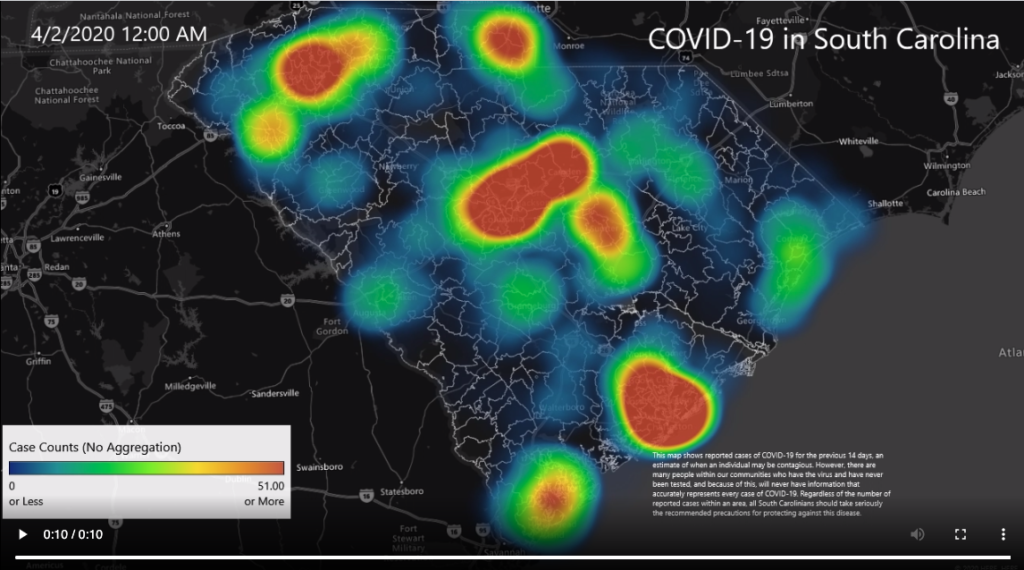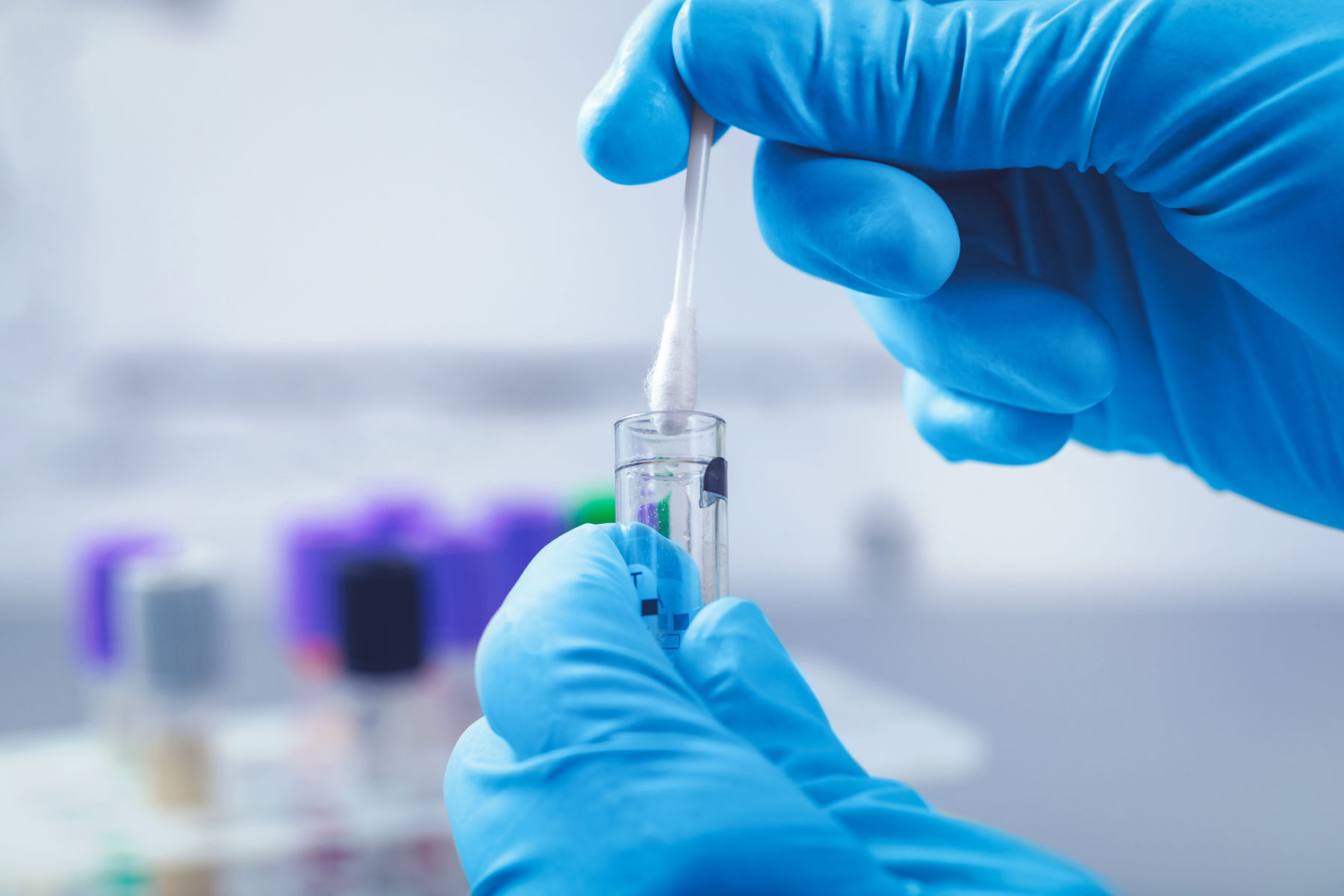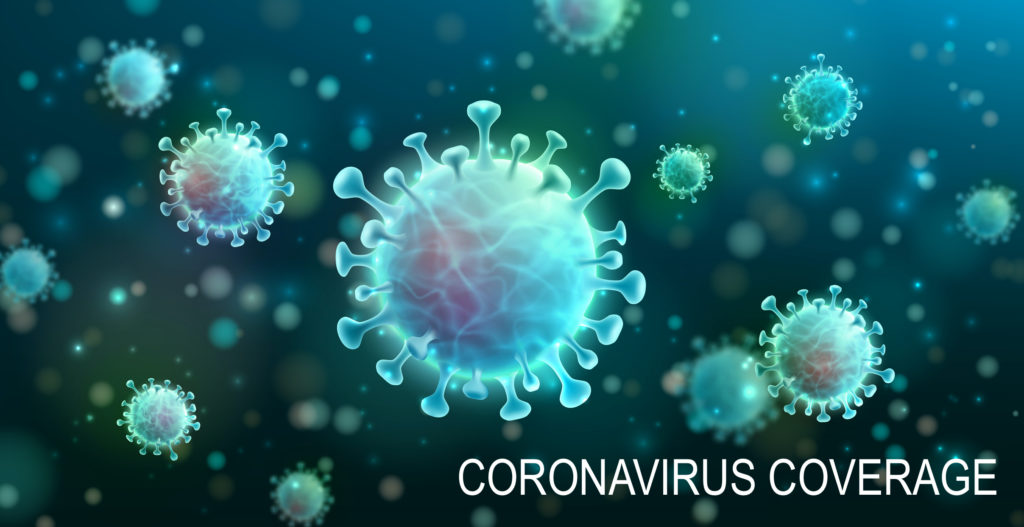The South Carolina Department of Health and Environmental Control (SCDHEC) reported another single-day record for coronavirus cases on Thursday with 261 new cases and five deaths in the global pandemic.
South Carolina now has a total of 1,554 cases in all 46 counties, health officials said Thursday. Today’s number of cases surpasses state officials’ projection that South Carolina would have a total of 1,573 reported cases by Saturday.
We have frequently pointed out that these numbers do not represent a complete picture of the spread of the virus in South Carolina due to insufficient testing and the increasing likeliness that many residents had the virus long before the government began tracking cases.
A total of 31 people have died from COVID-19 in South Carolina — and we’re still 26 days away from the projected peak of the pandemic, according to experts at the Institute for Health Metrics and Evaluation (IHME).
All five of the people who died in the last 24 hours were “elderly individuals who all had underlying health conditions.” Two were from Florence County, while the others were from Anderson, Horry and Sumter counties.
An estimated 1,098 people will die from coronavirus in South Carolina by August — and that’s “assuming full social distancing through May 2020,” IHME experts predict.
“There are now documented cases of COVID-19 in every county across our state,” Dr. Brannon Traxler, DHEC physician, said in a news release. “The level in which it continues to spread will hinge on all of our actions. Please do your part and stay home and limit your close contact with others.”
A total of 5,441 people in S.C. have tested negative for coronavirus.
Here are the newest cases reported on Thursday:
- Abbeville County: 2 cases
- Aiken County: 4 cases
- Anderson County: 10 cases
- Bamberg County: 1 case
- Beaufort County: 29 cases
- Berkeley County: 15 cases
- Charleston County: 41 cases
- Cherokee County: 1 case
- Chester County: 3 cases
- Chesterfield County: 1 case
- Clarendon County: 3 cases
- Colleton County: 1 case
- Darlington County: 4 cases
- Dorchester County: 8 cases
- Fairfield County: 1 case
- Florence County: 5 cases
- Georgetown County: 1 case
- Greenville County: 25 cases
- Greenwood County: 2 cases
- Hampton County: 1 case
- Horry County: 8 cases
- Jasper County: 3 cases
- Kershaw County: 13 cases
- Lancaster County: 9 cases
- Lee County: 3 cases
- Lexington County: 9 cases
- Marlboro County: 1 case
- McCormick County: 1 case
- Newberry County: 2 cases
- Pickens County: 1 case
- Richland County: 24 cases
- Saluda County: 1 case
- Spartanburg County: 5 cases
- Sumter County: 18 cases
- Union County: 2 cases
- Williamsburg County: 3 cases
Here is a look at SCDHEC’s latest heat map, which shows the hot spots in the state.

Charleston County — the state’s third most populous county — remains the epicenter for the pandemic in the Palmetto State with 231 cases. Richland County — the second most populous county — also is the No. 2 county for coronavirus cases with 200 cases.
Kershaw County — a much smaller county that was ground zero for the illness in South Carolina — has 116 cases.
SCDHEC released new data on Wednesday that tells us a little more about the state’s first 1,293 patients. The average coronavirus patient in SC is 50 years old. A baby less than a month old is the state’s youngest case, while a 100-year-old patient is the oldest person in the state to test positive for coronavirus.
51 percent of South Carolina’s first 1,293 cases were patients over 51 years old, while 45 percent were people between 21-50 and 6 percent were kids under 20 years old.
27 percent of people who tested positive for coronavirus in S.C. have been hospitalized for the illness.
While there is no shelter-in-place order in South Carolina right now, Gov. Henry McMaster has issued the following orders, punishable by law enforcement:
- Schools closed through at least April 30 (March 15)
- Restaurants and bars only open for carry-out services (March 17)
- Illegal for groups of 3 or more gathered in a public place (March 21)
- Mandatory 14-day quarantine for visitors from coronavirus hotspots (March 27)
- Public access to all beaches and waterways closed (March 30)
- Non-essential businesses closed (March 31)
This news outlet is committed to providing our readers with the very latest, most relevant information we have regarding this unfolding global story – and all the stories we cover. To check out more of our coronavirus coverage, click on the link below …

